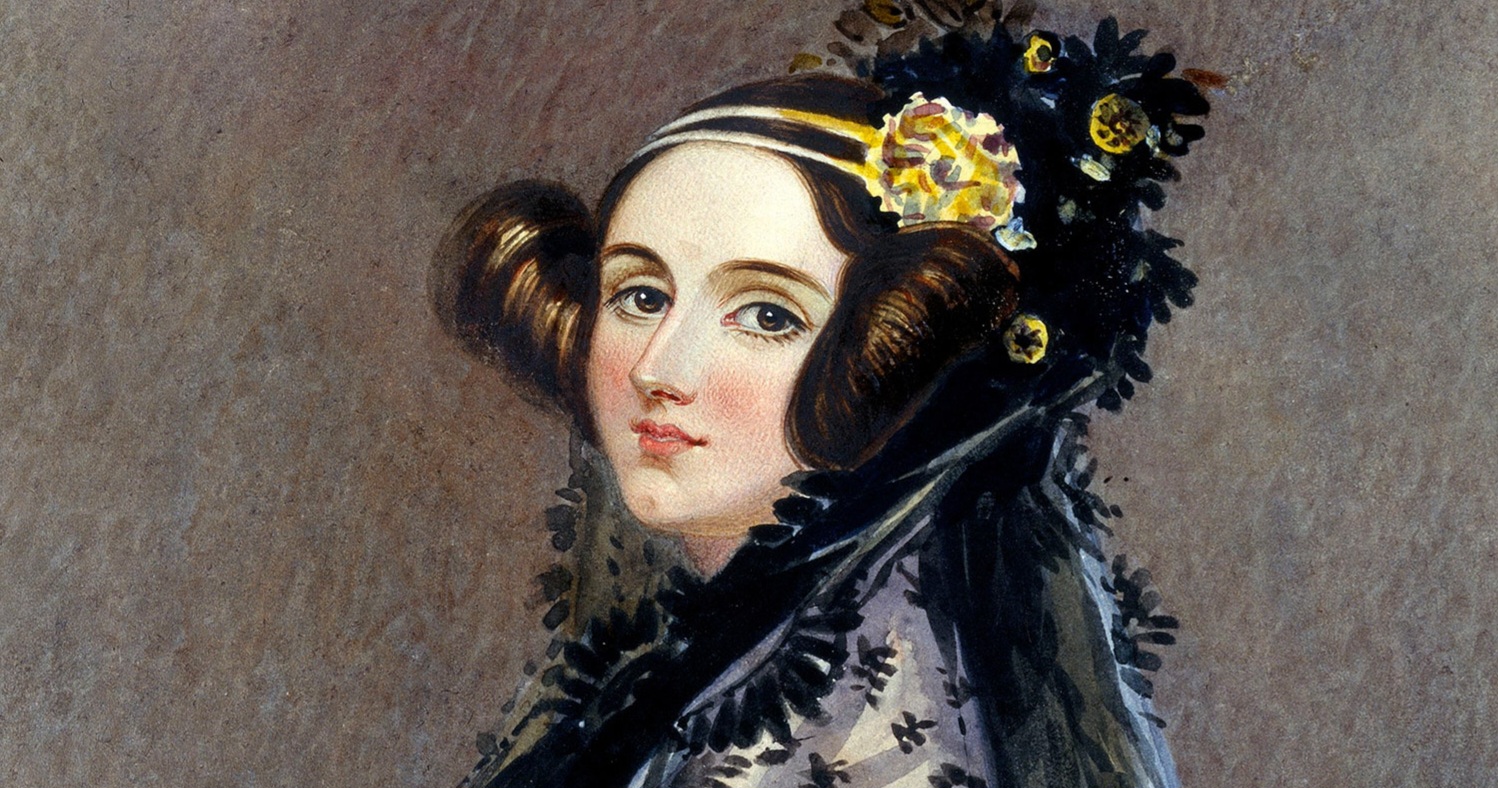The First Programmer Was a Woman
 Nicsady Ngwenya
Nicsady NgwenyaTable of contents

Picture this: the year is 1843, and the concept of “coding” is as foreign as Wi-Fi at a Renaissance fair. There are no keyboards, no screens, and the only "network" around is a tea party circle. Enter Ada Lovelace, a Victorian-era math whiz, who decides that a mechanical machine could do more than just crunch numbers—it could follow a set of instructions to perform tasks. Long before computers filled our pockets (and our weekends with debugging), Ada wrote what is considered the world’s first program, proving once and for all that even the earliest code was... written by a woman.
》Who Was Ada Lovelace?
Born in 1815, Ada was the daughter of the famous poet Lord Byron. Although her father was known for his romantic verses, Ada took after her mother, Lady Byron, who encouraged her to pursue mathematics and logic—an unusual path for a woman in that era. Lady Byron believed math would counteract what she saw as Lord Byron’s “poetic insanity.” Ironically, Ada would go on to change the world through her own kind of poetry: the poetry of code.
》The Partnership with Charles Babbage
Ada Lovelace’s path crossed with Charles Babbage, a mathematician known as the "father of the computer," who invented the Analytical Engine—a mechanical, general-purpose computer that was never fully built in his lifetime. Ada was fascinated by the machine and saw something in it that Babbage hadn’t fully grasped: its potential to go beyond just numbers and calculations.
When Ada was tasked with translating an article on the Analytical Engine by Italian mathematician Luigi Menabrea, she went above and beyond. Not only did she translate it, but she also added extensive notes, which ended up being longer than the original article. In these notes, Ada outlined how the machine could perform complex calculations—including a detailed algorithm to compute Bernoulli numbers. This is widely regarded as the first computer program.
》Why Is She Considered the First Programmer?
Here’s where Ada’s genius really shines. She didn’t just describe the machine’s capability for mathematical calculations; she saw it as capable of creating music, art, and patterns if programmed correctly. In her notes, she famously wrote that “the Analytical Engine weaves algebraic patterns just as the Jacquard loom weaves flowers and leaves.”
Ada’s algorithm, though never run on Babbage’s machine, represents the first set of instructions that could theoretically be executed by a computer. She grasped the concept of loops and sequences, laying the foundations for future programming logic.
》Ada’s Legacy and the Impact on Programming Today
Fast forward to today, and Ada Lovelace’s name lives on in the field of computing. Her legacy is celebrated every year on Ada Lovelace Day, honoring women in STEM fields. There’s even a programming language named “Ada” used in systems that require high reliability, like aviation and defense.
Ada Lovelace stands as an early beacon of inspiration, especially for women in technology. Her story reminds us that computing was never “just a man’s world,” and her visionary ideas planted the seeds for the digital revolution.
》Fun Facts About Ada Lovelace:
Her full name was Augusta Ada King, Countess of Lovelace.
She was known as the “Enchantress of Numbers” for her deep understanding of math.
Ada struggled with illness her entire life but remained passionate about mathematics and logic until her early death at 36.
》Final Thoughts
As a female programmer myself, there’s something empowering about knowing the first person to ever write code was a woman. It’s like realizing you’re part of a legacy that’s been around since the dawn of computing itself! I mean, Ada paved the way for all of us, proving that coding wasn’t “just a man’s world” way before computers even took up more space than a studio apartment.
So, next time I’m battling a bug or untangling a messy algorithm, I’ll remember Ada Lovelace—the original “Enchantress of Numbers”—who looked at a mechanical engine and thought, “Yeah, I can write code for that.” If Ada could write the world’s first program in the 1800s, surely I can tackle today’s bugs. After all, we’ve come a long way since the days of the Analytical Engine…but some things never change. Debugging, I’m looking at you!
Subscribe to my newsletter
Read articles from Nicsady Ngwenya directly inside your inbox. Subscribe to the newsletter, and don't miss out.
Written by
